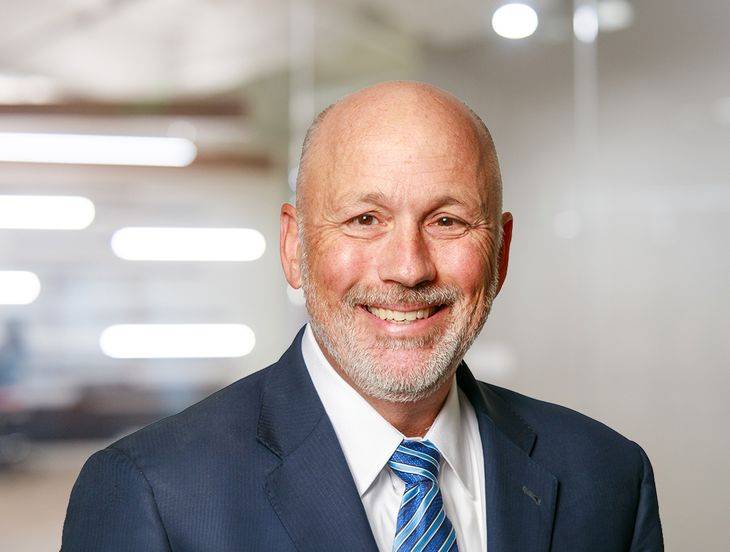Getting Unconscious Bias Into Your Company’s Consciousness
Insights
1.01.18
If you’re blonde, good-looking, or a man who stands nearly 6 feet tall, lucky you! Financially, you may be doing better than the rest of us. Here’s why: we each make thousands of decisions every day, many of which are informed by implicit, or unconscious, biases – that is, preconceived ideas we have formed over our lifetimes as a result of our past experiences.
By definition, we are unaware of our unconscious biases. Regardless, studies show that we often subconsciously hold these prejudicial opinions toward certain people and groups of people based on demographics such as gender, age, and ethnicity. Even factors like a job candidate’s hometown or college alma mater may be sources of detrimental notions. Such biases can affect income in dramatic ways.
For example, according to a Harvard University study, men taller than 5 feet 11 inches earn an average of $5,525 more per year than their shorter counterparts. And a National Bureau of Economic Research study found that prospective employers returned calls from job applicants with stereotypically Caucasian names 50 percent more often than they did for applicants with stereotypically African-American names, even when the candidates’ resumes were otherwise identical. A Yale University study revealed that employers pay a 5 percent “beauty premium” to employees viewed as attractive. Other studies show that blondes earn 7 percent more than brunettes and redheads.
Unconscious Bias Can Lead To Legal Risks
These unconscious biases, which can unintentionally affect hiring decisions in the workplace, can be the cause of big problems. Unconscious bias in the hiring process – or even the appearance of that bias – puts employers at risk of being sued for discrimination.
Title VII of the Civil Rights Act of 1964 prohibits employers with 15 or more employees from intentional employment discrimination based on sex, race, color, national origin, or religion; state antidiscrimination laws usually apply to employers with even fewer employees and often include many additional protected categories. Similarly, the Americans with Disabilities Act and the Age Discrimination in Employment Act offer job-related protections for many other applicants and employees.
Most employers are well aware that they are prohibited by law from treating employees in these protected categories differently than other employees. What they may not know is that the law also prohibits you from making decisions that have a disparate impact on members of a protected class. This can occur when, despite your best intentions, a seemingly neutral rule or practice proves to adversely affect protected groups.
The Equal Employment Opportunity Commission (EEOC) began targeting unconscious bias nearly 10 years ago. The Commission goes so far as to include “unconscious stereotypes about the abilities, traits, or performance” of individuals in protected categories in its definition of intentional discrimination. Courts, recognizing there is no intent in unconscious bias, haven’t jumped on board with as much fervor as the EEOC. But that hasn’t stopped litigious employees from claiming that unconscious bias led to disparate impact, thereby limiting their workplace opportunities.
Unconscious bias lawsuits are on the rise, a fact that isn’t likely to change soon. Ongoing research on the effects of unconscious bias theory will increasingly encourage plaintiffs to use the theory to bolster their discrimination cases.
Eliminating Unconscious Bias In Your Workplace
You can, and should, make unconscious bias a part of your company’s consciousness. What you’re aware of, you can address. These steps will help to curb unconscious bias at work – and limit your organization’s related legal liabilities:
- Talk about it. Along with diversity training, you should provide managers and employees with training that helps them understand unconscious bias, acknowledge that we all have it, and recognize the ways it can manifest in the workplace.
- Educate managers about their own biases using the Harvard University Implicit Association Test, the best-known tool for measuring one’s own unconscious bias. Research shows that people can take steps to mitigate the impact of unconscious bias on their organizational decision-making when they become aware of that bias.
- Use objective, fact-based hiring techniques. Establish objective criteria and clear, consistent interviewing and decision-making procedures. Structured interviews, in which all candidates are asked the same questions, reduce bias that may show up in free-flowing interviews.
- Maintain accountability of hiring managers and supervisors with periodic evaluations their hiring decisions and the employee performance interviews they conduct. These assessments will help you pinpoint areas where unconscious bias could be affecting hiring and employee management. Once these individuals have the right tools, they will be able to recognize biases and ensure that unfair or illegal motivations – even unconscious ones – do not impact hiring, job advancement, or compensation decisions.
While it may be impossible to eliminate unconscious biases completely, taking the conscious measures outlined above can help minimize the effects of implicit prejudice at your workplace.
For more information, contact the author at JHolland@fisherphillips.com, or 816.842.8770. This article originally appeared in Thinking Bigger Business Media, Inc.
Related People
-
- James R. Holland, II
- Regional Managing Partner
